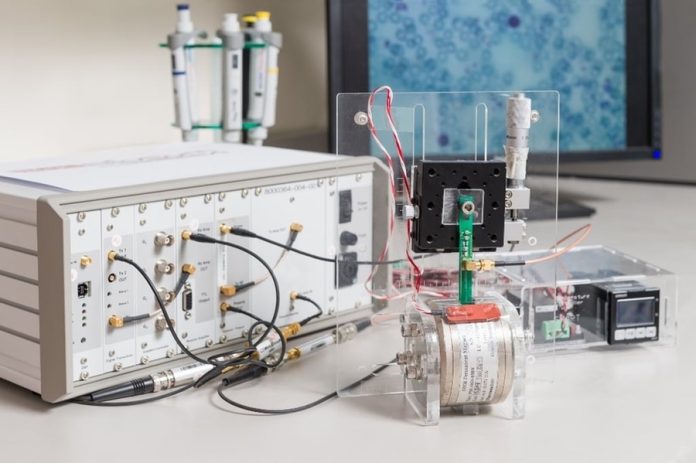
Researchers from the Singapore-MIT Alliance for Research and Technology (SMART) have found a new way to improve cartilage repair therapies using mesenchymal stromal cells (MSCs).
By adding ascorbic acid (commonly known as vitamin C) to MSCs during their growth, the scientists discovered that these cells become more effective at repairing cartilage, which could lead to better treatments for joint injuries.
Articular cartilage is a smooth tissue that covers the ends of bones in joints.
It can wear down due to injuries, aging, or arthritis, leading to severe pain and disability.
This problem is particularly common in countries with active, aging populations, like Singapore. Current therapies are either costly, time-consuming, or involve multiple treatments, making them less practical for many patients.
MSCs offer an alternative solution. These cells are known for their ability to transform into different types of tissue, including cartilage.
However, the challenge with using MSCs is that their effectiveness can vary a lot from person to person.
The current methods to grow large numbers of MSCs can lead to inconsistencies, reducing their ability to successfully repair damaged cartilage.
To solve this problem, SMART researchers, along with their collaborators from the National University of Singapore, developed a method to boost the quality of MSCs.
They discovered that adding ascorbic acid during the cell-growing process significantly improves the MSCs’ ability to turn into cartilage cells. This process, known as chondrogenic potential, is crucial for repairing cartilage effectively.
The research team also explored the role of a key energy-generating process in cells called oxidative phosphorylation (OXPHOS).
They found that there is a strong connection between OXPHOS activity and the MSCs’ ability to become cartilage cells. By tweaking the nutrients provided to MSCs—like glucose, pyruvate, and ascorbic acid—the researchers were able to boost this energy process, which in turn improved the cells’ effectiveness.
The researchers developed a new technique called micro-magnetic resonance relaxometry (µMRR) to monitor the growth of MSCs.
This tool, similar to an MRI but on a much smaller scale, provides a quick, label-free way to check the quality of the cells. Originally created for malaria diagnosis, µMRR can now help researchers detect unwanted cell aging (or senescence) and other problems during MSC production.
Using µMRR, the researchers found that MSCs treated with ascorbic acid showed improved growth and quality, with over 300 times more effective cells compared to untreated ones. This method reduced variability and prevented premature aging in the cells.
This new approach not only enhances cartilage repair but also creates the possibility of using similar techniques for other treatments, such as bone repair.
The findings could lead to a more consistent and efficient production of high-quality MSCs, making cell-based therapies more effective and accessible for patients with joint diseases like osteoarthritis.
Dr. Ching Ann Tee, the study’s first author, explains, “Our research showed that adding ascorbic acid during cell growth can help solve major challenges in using MSCs for cartilage repair. With better cell quality, these therapies can become a more reliable treatment option.”
The team hopes that this research will lead to better manufacturing processes for MSC-based therapies and benefit patients with various joint and bone-related conditions.
Professor Laurie Boyer, co-author of the study, adds, “This breakthrough could be a big step forward for patients suffering from joint diseases, as we can now produce large quantities of high-quality MSCs for treatment.”
This work was supported by Singapore’s National Research Foundation and conducted at SMART, MIT’s research center in Singapore.



